The appealling charm of Segovia
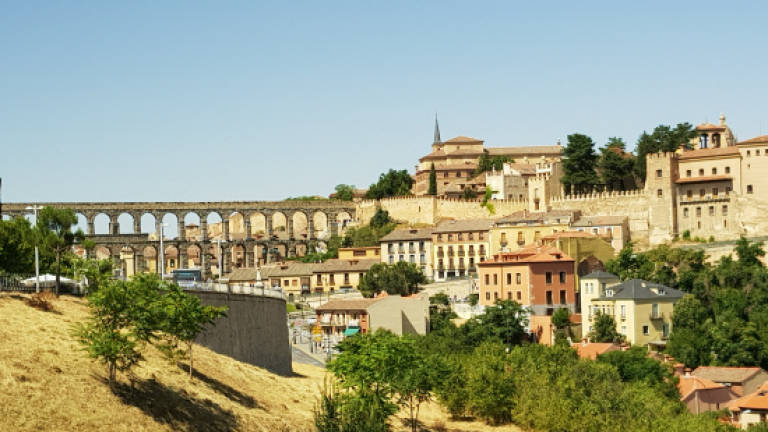
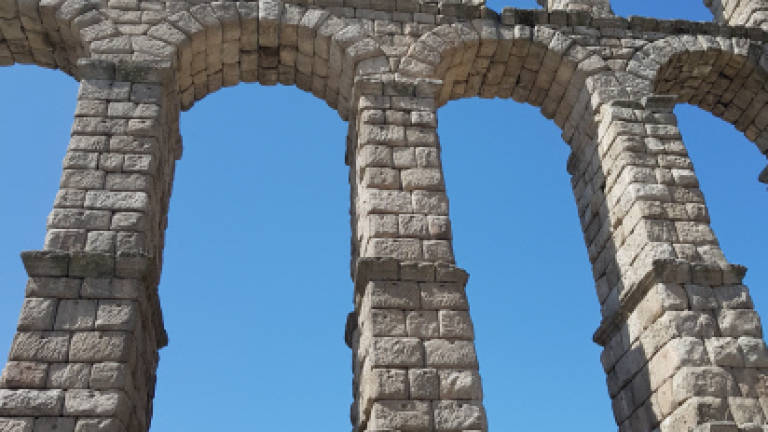
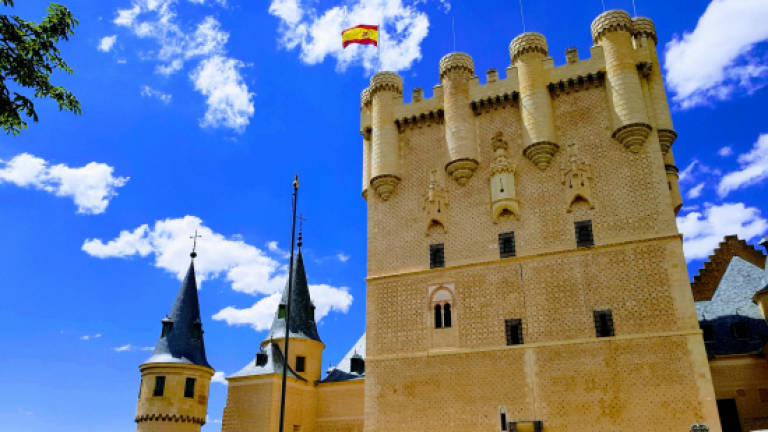
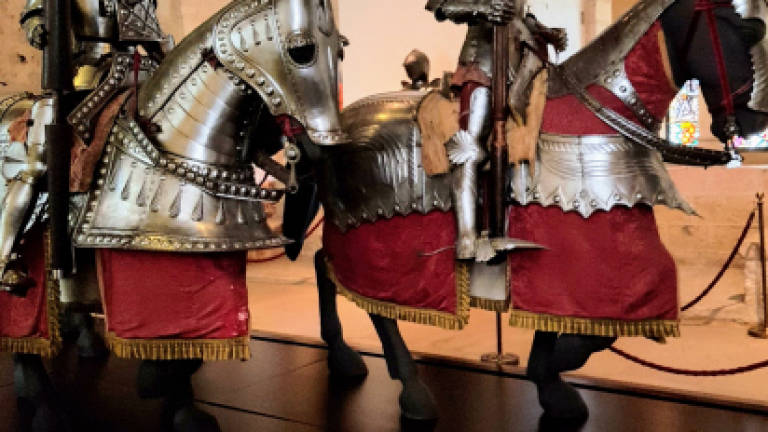
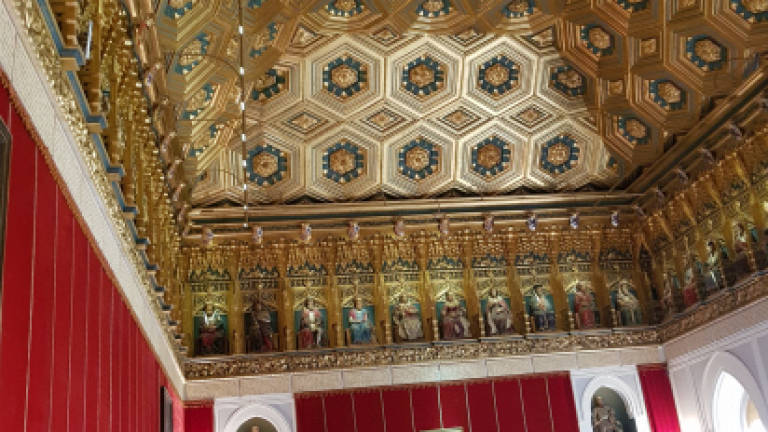
SEGOVIA is a historic city northwest of Madrid in central Spain’s Castile and León region.
Centuries of settlement have resulted in a rich architectural legacy, including medieval walls, Romanesque churches, a former royal palace, and a Gothic cathedral.
One of its iconic ancient Roman aqueducts has more than 160 arches, most of them in the original mortarless granite, and stands above Plaza Azoguejo in the heart of the city.
If there is a structure that can truly overwhelm or mesmerise you, the Aqueduct of Segovia is one of them.
Built during the second half of the 1st century AD by the Roman Empire, it was used to supply water which was drawn from the Frío River and funnelled directly into the city, well into the 20th century.
The remaining portion of the structure stands 28.5 metres tall at its maximum height, and nearly six metres deep in the main section.
Along 14 kilometres of rolling landscape, the aqueduct adjusts to the contours of the valley, hills, and city, and projects a sense of grandeur and monumentality.
The pillars and arches of its tall, two-storey arcades are made of solid blocks of stone, which are fit closely together, and the lower arches alternate in height according to the structure’s adaptation to the contours of the land.
Because of its simplicity, and due to its sheer size, the aqueduct is quite an extraordinary feat of engineering work.
The first section of the aqueduct has 36 arches, which are semi-circular in shape and organised in two levels, and are decorated with mounds that hold the frame and offer adequate support.
The top of the structure once contained channels for water to flow through U-shaped hollows that ran across its length.
Its 166 stone arches are made with blocks of ashlars granite, and are set without using either mortar or cement.
The aqueduct was accorded World Heritage recognition status in 1985, and till today, it stands out prominently over the urban landscape of Segovia.
Alcázar de Segovia, or the ‘Fairy-tale Castle of Segovia’ (Segovia Fortress), is also located in the historic city.
Rising out on a rocky crag above the confluence of two rivers near the Guadarrama mountains, it is one of the most distinctive castle-palaces in Spain by virtue of its shape – it appears like the bow of a ship.
A popular tourist destination, this castle is worth a visit.
Visitors will be charmed by Alcázar de Segovia’s blue-grey turrets, protruding fortress, and rocky cliff foundation, and from afar, the castle appears majestic and grand.
It is said that Walt Disney drew inspiration from this beautiful site – along with Neuschwanstein Castle in Germany – when dreaming up Cinderella’s iconic castle, and the similarities are easy to spot.
Alcázar de Segovia has a history far preceding the world of Disney – dating all the way back to the early 12th century.
It was first built as an Arab fort, then as a palace, housing many a king. It eventually became a prison, and finally a military academy.
Today it is a museum, and houses a military archive for the public to enjoy.
If you have the energy, try climbing the Tower of Juan II – it involves a 152-step spiral staircase, but if you can make it, you will be rewarded with views that are unforgettable.
The castle is also a Unesco World Heritage site.
For more, visit Holiday Tours & Travel website or call 03-6286 6288.